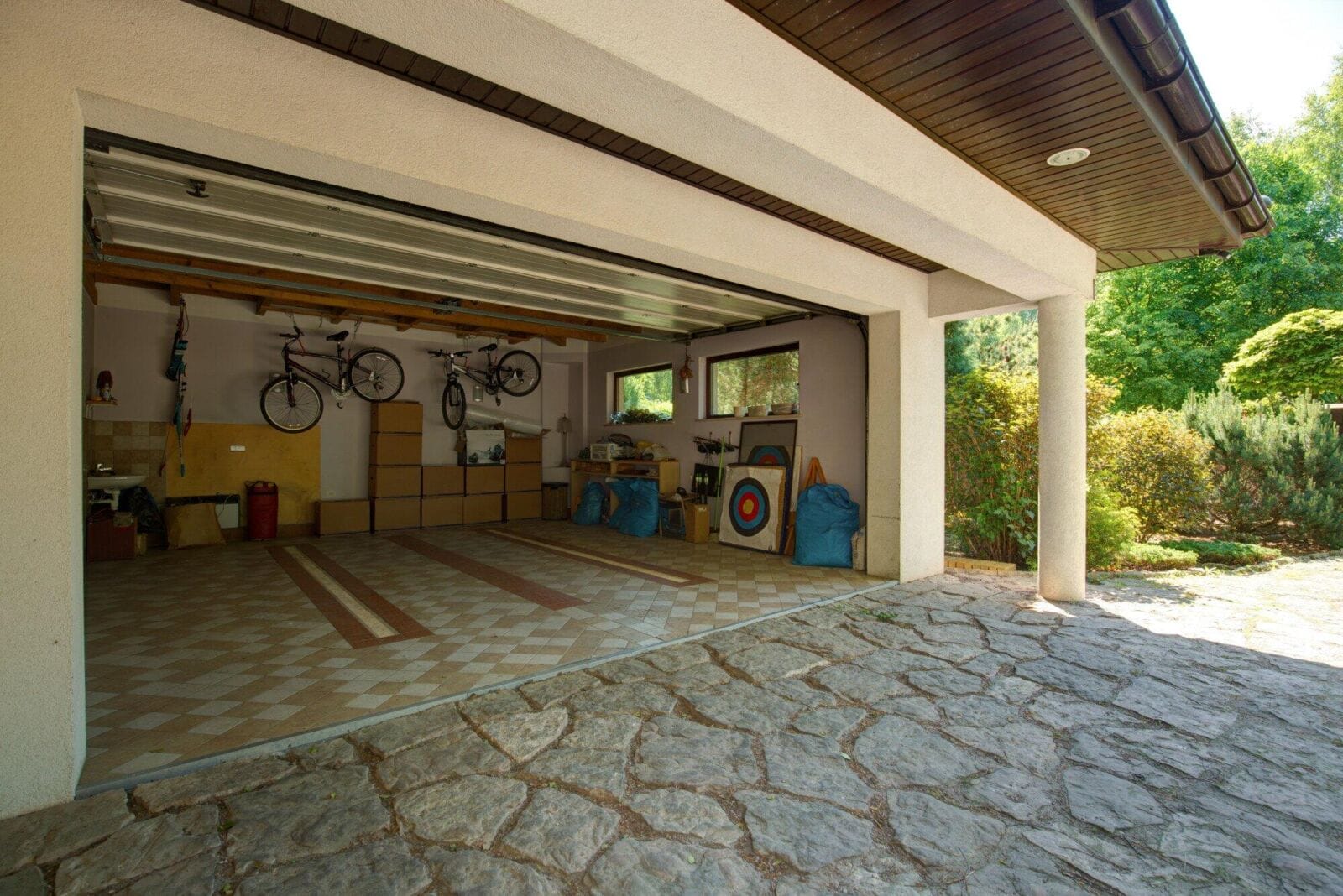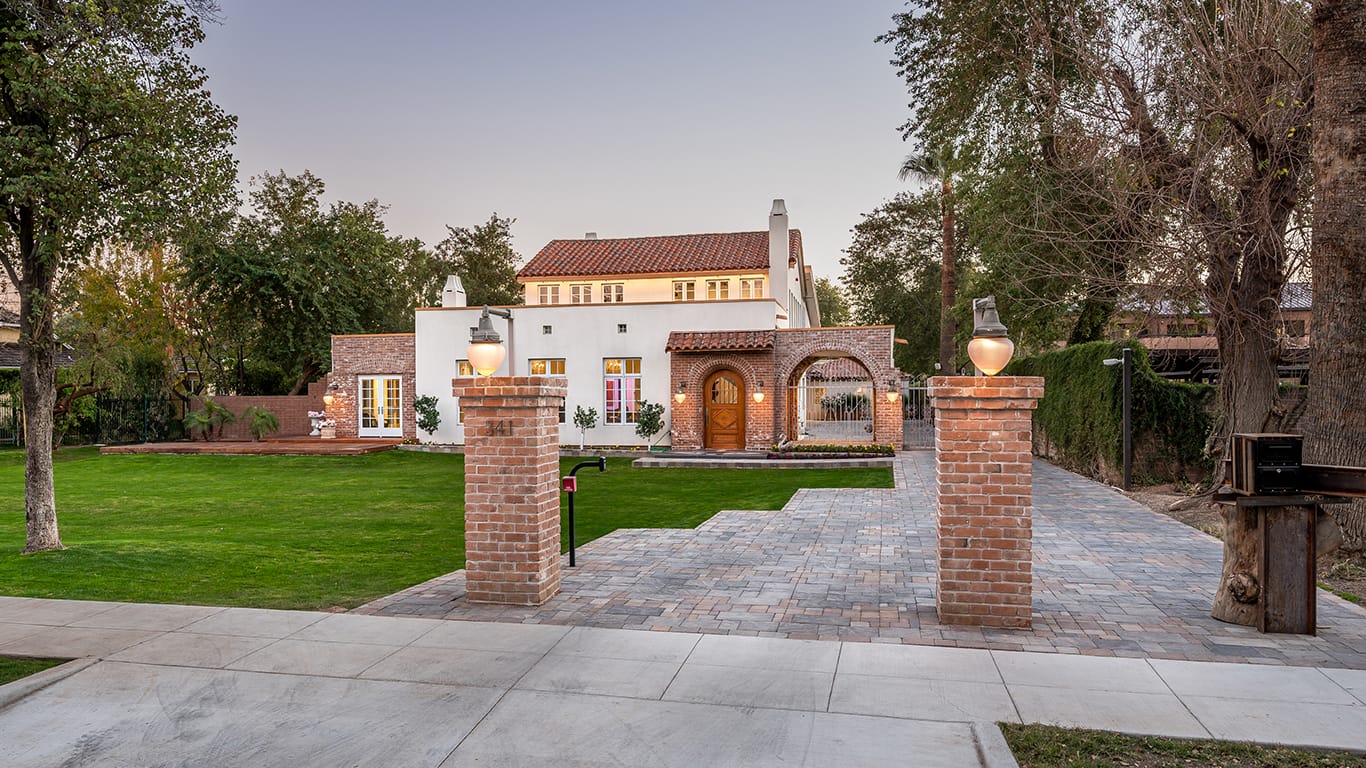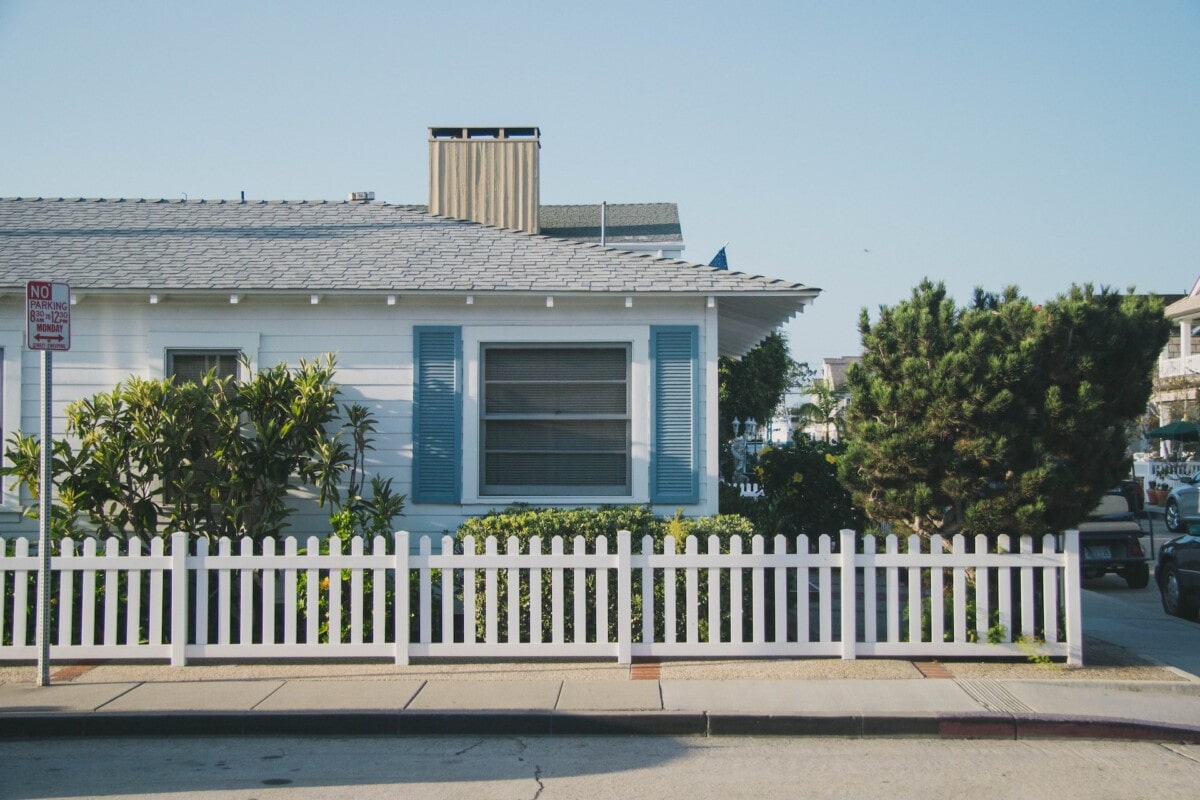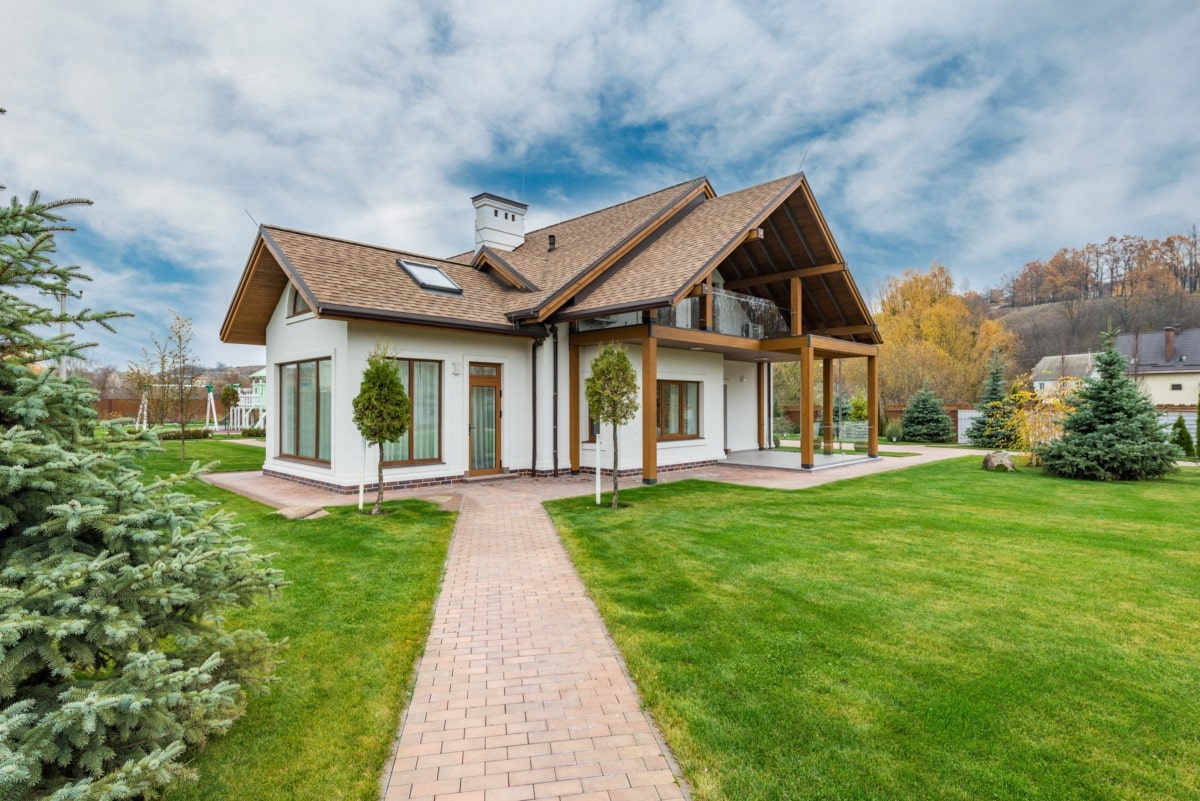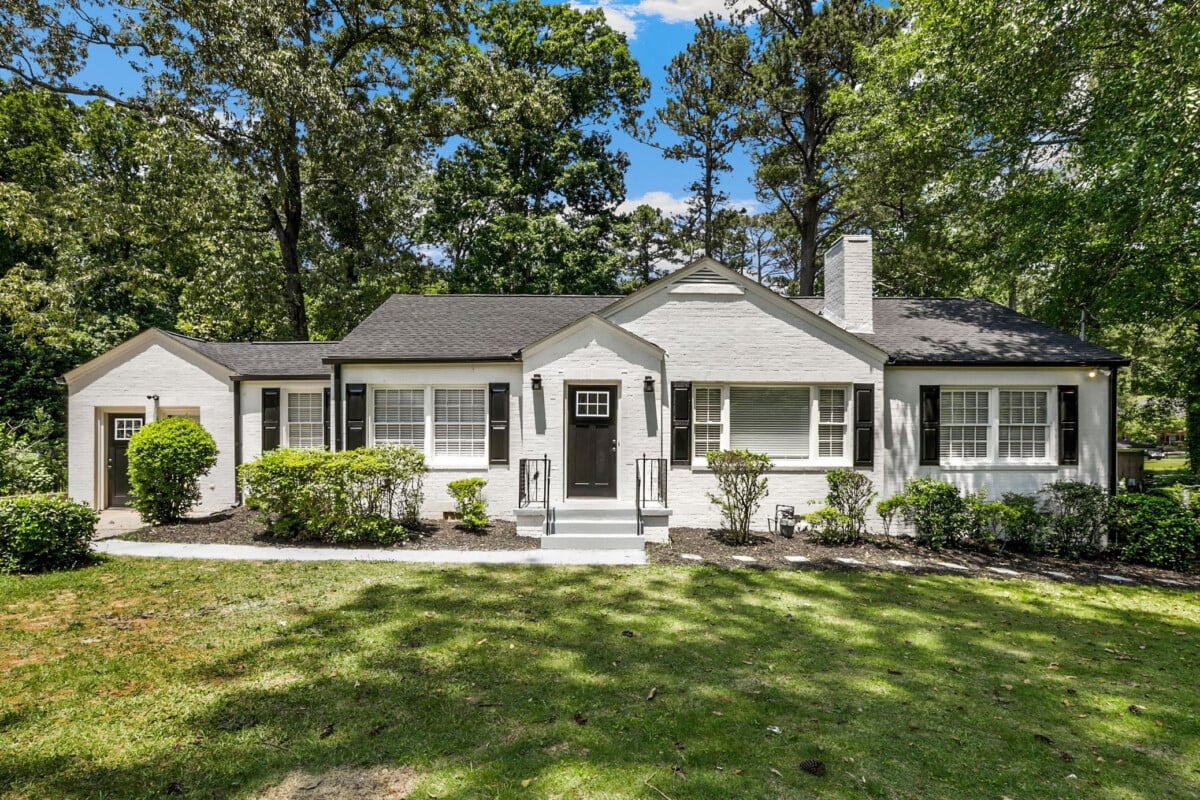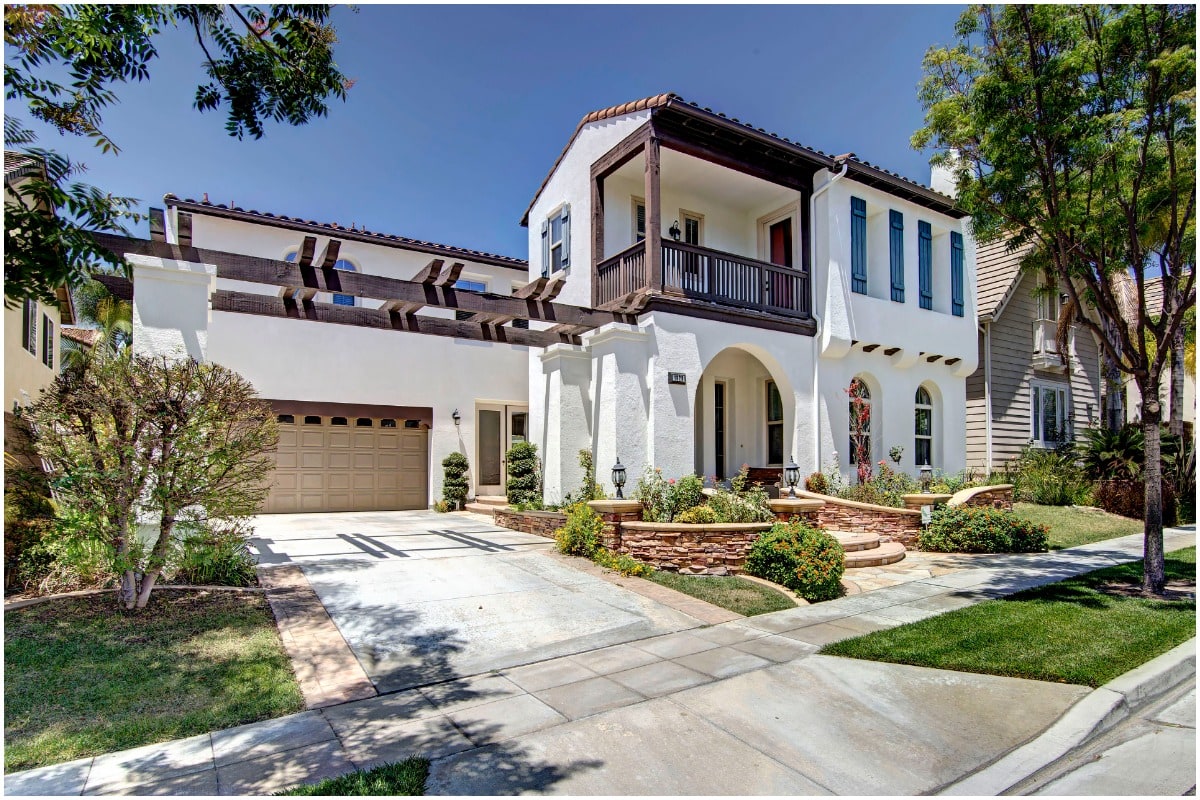Little-known but efficient, a different way to heat and cool your house
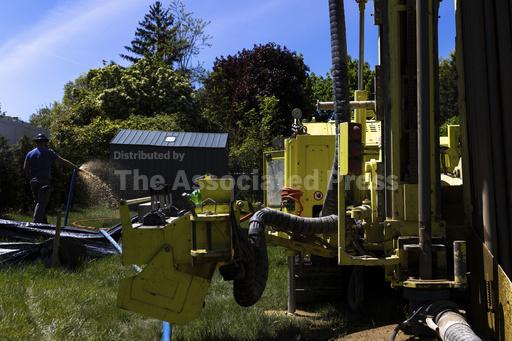!role~Preview!mt~photo!fmt~JPEG%20Baseline)
Sourced By: Daily Independent
A Dandelion Energy employee sprays excess groundwater back on the lawn during installation of a geothermal heat pump system at a home in White Plains, N.Y., Monday, May 8, 2023. A water-filled loop is installed several hundred feet deep in the yard to either carry heat away from or into the house depending on season. Industry experts see the technology becoming increasingly popular in the coming years. (AP Photo/Julia Nikhinson)
Summers are famously humid in New York State, but life in the Maioli household has gotten more comfortable since the couple installed a new heating and cooling system — one that isn't well known yet in the U.S.
“My wife is pretty happy because in the summer we can keep it to as cold as we like," typically 69 or 70 F, said Joe Maioli, in Ontario, New York. In 2021, the couple installed a geothermal or ground source heat pump.
The units you see that look like box fans outside homes and businesses are the more common air-source heat pumps. They wring energy out of outdoor air for heat and soak up excess heat indoors and move it out when they're cooling. Geothermal heat pumps use underground temperatures, instead of outdoor air.
A major push is now underway to get people to consider ground-source heat pumps because they use far less electricity than other heating and cooling methods. “Ground-source heat pumps average about 30 percent less electricity use than air-source heat pumps over the course of the heating season,” said Michael Waite, senior manager in the buildings program at the American Council for an Energy Efficient Economy.
“Cooling the house for a month is maybe $10 worth of electricity, and this is the most efficient way to do it," said Maioli. During the coldest winter month, their highest heating bill was around $70, he said.
To install ground-source systems, contractors bring in heavy equipment and drill to bury a loop of flexible piping several hundred feet deep in your yard. Water flowing through the loop takes advantage of the underground temperature, a pretty stable 55 F.
Indoors, often in the basement, a unit contains refrigerant — a fluid that can easily absorb a lot of heat. In summer, the water in the loop dumps heat into the ground. In winter, it pulls heat from the earth with amazing efficiency and moves it indoors.
“We really feel like we’re on the right side of a megatrend,” said Tim Litton, director of marketing communications for WaterFurnace, a geothermal manufacturer in Fort Wayne, Indiana.
With the better known air-source heat pumps, Litton said, outdoor parts can ice over in winter. Then the system has to pull heat from indoors to thaw them. There's also dirt, animals and debris.
WaterFurnace systems can be put in yards as small as 15 by 15 feet, he said. But the drilling rigs can't get in where homes are really close together.
There is “a lot of demand for geothermal right now,” Mark Schultz, president of Earth River Geothermal in Maryland said, and the interest in reducing carbon emissions is a big motivator for customers. “They have electric vehicles in the driveway and solar panels on the roof,” he said of the sites he goes out to bid.
In the Midwest, Litton sees a broad range of buyers. “We kind of span the entire political spectrum — whether you’re a progressive environmentalist or a fiscal conservative,” he said. “It’s kind of nice in these divisive times to have something to agree on," he said.
The sticker prices for ground-source are higher than traditional systems. But in a stamp of approval for their efficiency, last year's Inflation Reduction Act highly incentivizes them, with a 30% tax credit. So a customer purchasing a $30,000 system would end up paying $21,000. If someone doesn't owe enough taxes in one year to benefit from that, they can carry it over to the next year. Nor is there any dollar limit on the credit, unlike for air-source units, which are capped at a $2,000.
Some states are offering credits on top of that. In South Carolina, residents get another 25% credit, meaning a homeowner there could end up with a 55% discount off the initial cost. Some utilities offer incentives, too. South Carolina customers who have Blue Ridge Electric Co-op as their utility can get up to $1,600 per ton for the system they install. A 5-ton heat pump installed in a 2,000 square foot home, for example, would get $8,000 back from the utility.
Categories
Recent Posts

